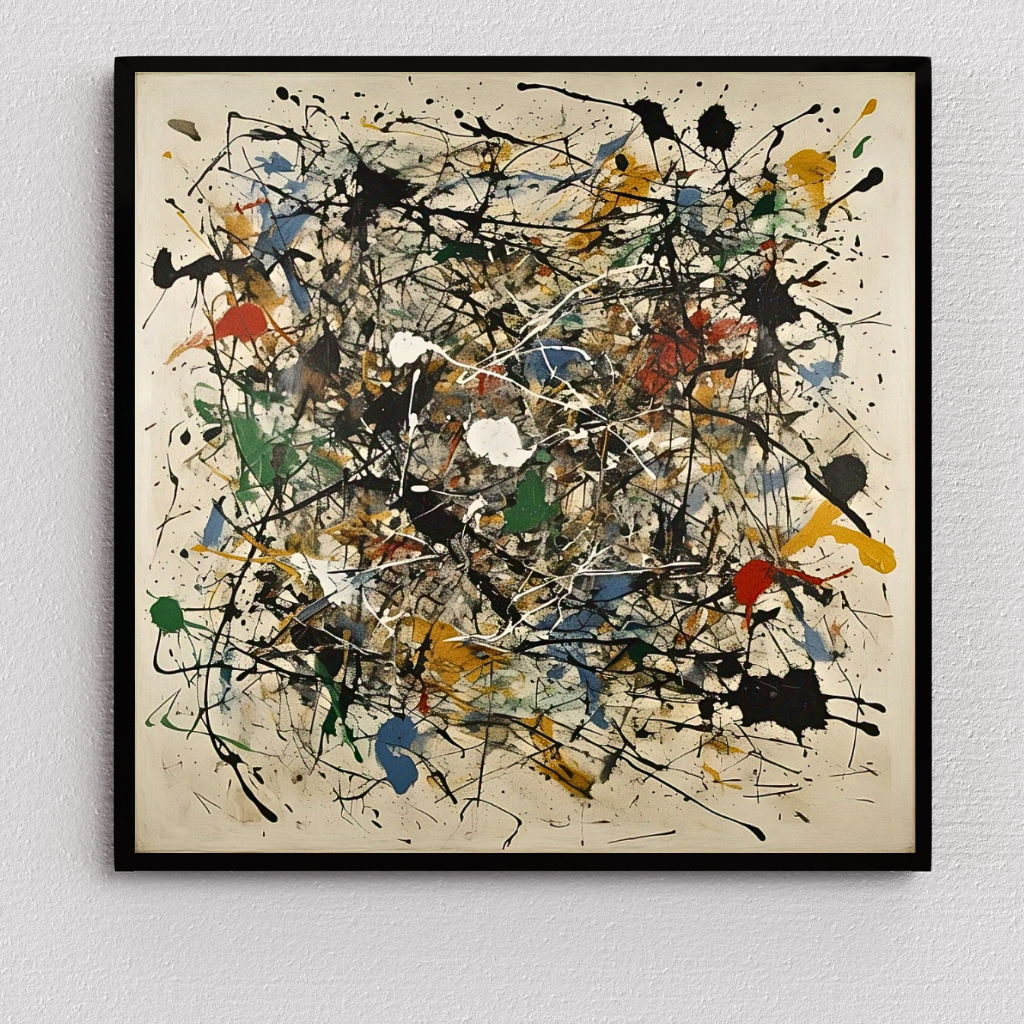
The Evolution of Abstract Art: A Journey Through its Origins, Significance, and Masterpieces
Abstract art, a genre that has been fascinating art enthusiasts for centuries, has a rich and diverse history. From its humble beginnings to its current status as a global phenomenon, abstract art has undergone significant transformations, shaped by the creative visions of pioneering artists. In this blog, we will delve into the origins, significance, and masterpieces of abstract art, highlighting the contributions of renowned artists who have helped shape this captivating genre.
Origins of Abstract Art
The roots of abstract art can be traced back to the early 20th century, when artists began to reject traditional representational art forms. This movement was fueled by the desire to break free from the constraints of realism and explore new ways of expressing emotions, ideas, and experiences.
One of the earliest pioneers of abstract art was Wassily Kandinsky, a Russian painter and art theorist. Kandinsky's work, characterized by vibrant colors and geometric shapes, laid the foundation for abstract art. His seminal book, "Concerning the Spiritual in Art," published in 1912, outlined his theories on the emotional and spiritual properties of colors and shapes.
Significance of Abstract Art
Abstract art has played a significant role in shaping modern and contemporary art. By abandoning traditional representational forms, abstract artists have been able to explore new ways of expressing themselves, pushing the boundaries of creativity and innovation.
Abstract art has also been instrumental in challenging societal norms and conventions. During the 1940s and 1950s, abstract expressionism, led by artists like Jackson Pollock and Mark Rothko, emerged as a powerful force in American art. This movement, characterized by gestural brushstrokes and vibrant colors, reflected the anxieties and uncertainties of the post-war era.
Famous Abstract Artists and Their Masterpieces
Wassily Kandinsky
"Composition VII" (1913): A vibrant, dynamic piece featuring geometric shapes and bold colors.
"On White II" (1923): A seminal work showcasing Kandinsky's unique blend of color and form.
Jackson Pollock
"No. 5, 1948" (1948): A classic example of Pollock's action painting style, featuring intricate webs of paint.
"Mural on Indian Red Ground" (1950): A large-scale piece showcasing Pollock's unique technique and expressive brushstrokes.
Mark Rothko
"No. 61 (Rust and Blue)" (1953): A quintessential Rothko piece, featuring bold, rectangular color fields.
"Four Darks in Red" (1958): A somber, contemplative work showcasing Rothko's mastery of color and emotion.
Frida Kahlo
"The Broken Column" (1944): A symbolic, abstract piece featuring a fragmented, self-portrait.
"Tree of Hope" (1946): A vibrant, abstract work showcasing Kahlo's unique blend of Mexican folk art and surrealism.
Kazimir Malevich
"Black Square" (1915): A seminal work of geometric abstraction, featuring a simple, yet powerful black square.
"Suprematist Composition" (1916): A dynamic piece showcasing Malevich's innovative use of geometric shapes and colors.
Piet Mondrian
"Composition with Red, Yellow, and Blue" (1921): A classic example of Mondrian's grid-based compositions, featuring bold colors and geometric shapes.
"Broadway Boogie Woogie" (1942-1943): A vibrant, dynamic piece showcasing Mondrian's unique blend of abstraction and urban energy.
Willem de Kooning
"Woman I" (1950-1952): A seminal work of abstract expressionism, featuring bold, gestural brushstrokes.
"Untitled XXV" (1977): A classic example of de Kooning's later style, featuring bold colors and abstract forms.
Franz Kline
"Chief" (1950): A classic example of Kline's bold, gestural style, featuring large, expressive brushstrokes.
"Study for 'Mahoning'" (1956): A dynamic piece showcasing Kline's unique blend of abstraction and expressionism.
Joan Mitchell
"City Landscape" (1955): A seminal work of abstract expressionism, featuring bold colors and gestural brushstrokes.
"La Vie en Rose" (1979): A classic example of Mitchell's later style, featuring bold colors and abstract forms.
Gerhard Richter
"Abstract Painting (809-4)" (1994): A classic example of Richter's abstract style, featuring bold colors and dynamic textures.
"Cage Grid" (2006): A seminal work of abstract art, featuring a grid-based composition and bold, expressive brushstrokes.
The Legacy of Abstract Art
Abstract art has had a profound impact on modern and contemporary art. It has paved the way for a wide range of artistic movements, from abstract expressionism to minimalism. The genre continues to evolve, with artists pushing the boundaries of creativity and innovation.
In conclusion, abstract art is a rich and diverse genre that has played a significant role in shaping modern and contemporary art. From its humble beginnings to its current status as a global phenomenon, abstract art has been shaped by the creative visions of pioneering artists. The masterpieces highlighted in this blog are a testament to the enduring power and beauty of abstract art.
Timeline of Abstract Art
1910s: Wassily Kandinsky and Kazimir Malevich pioneer geometric abstraction.
1920s: Piet Mondrian develops his grid-based compositions.
1940s: Abstract expressionism emerges in the United States, led by artists like Jackson Pollock and Mark Rothko.
1950s: Action painting and color field painting become prominent styles.
1960s: Minimalism and pop art emerge as reactions to abstract expressionism.
1970s: Abstract art continues to evolve, with the rise of neo-expressionism and transavanguardia.
1980s: Abstract art becomes increasingly global, with the emergence of new artistic movements in Europe, Asia, and Latin America.
Key Terms
Abstract art: A genre of art that rejects representational forms and emphasizes emotional and expressive qualities.
Geometric abstraction: A style of abstract art that emphasizes geometric shapes and forms.
Abstract expressionism: A movement that emerged in the 1940s, characterized by gestural brushstrokes and vibrant colors.
Color field painting: A style of abstract art that emphasizes large, flat areas of color.
Action painting: A style of abstract art that emphasizes the physical act of painting.